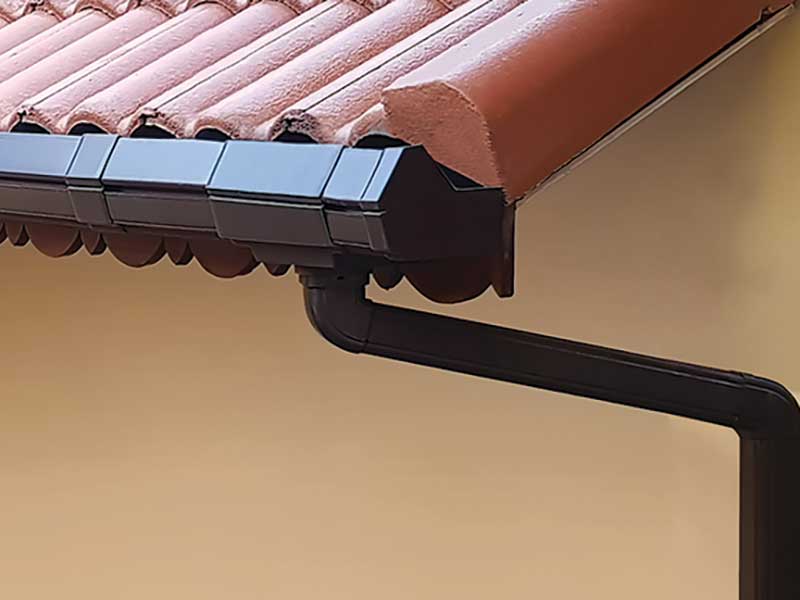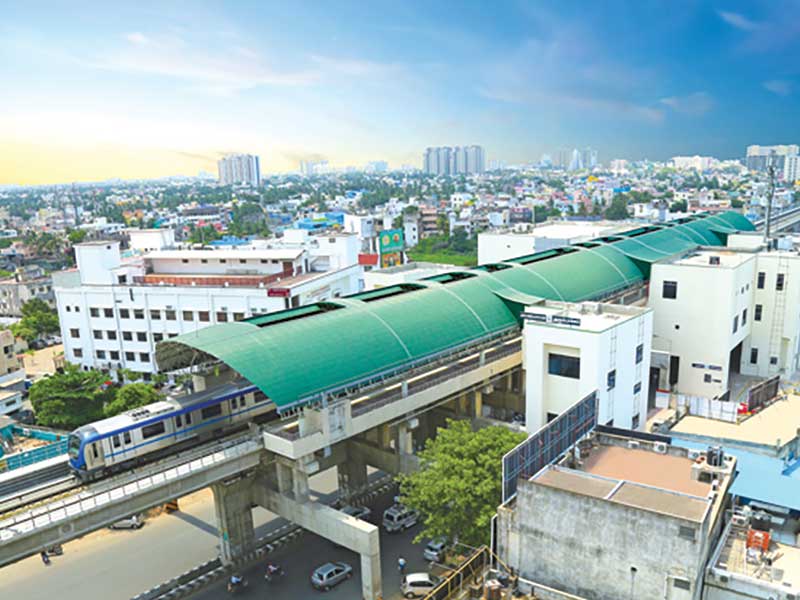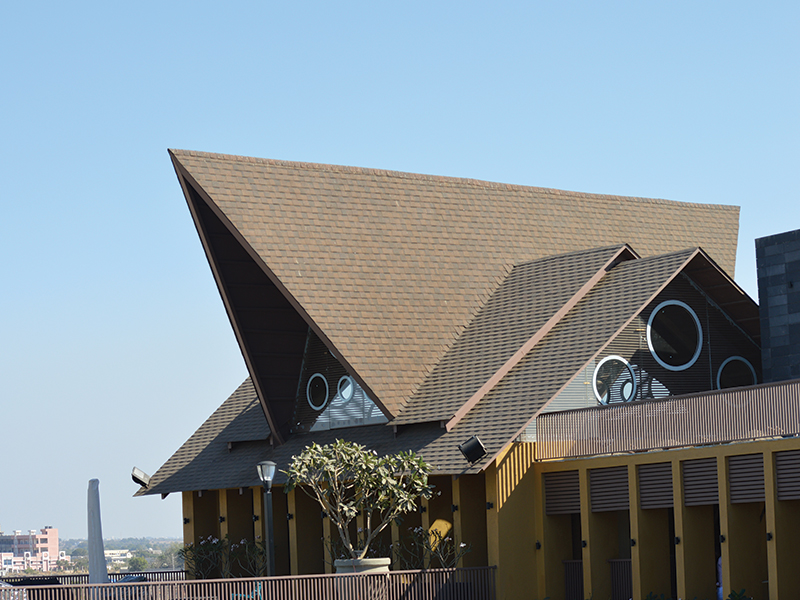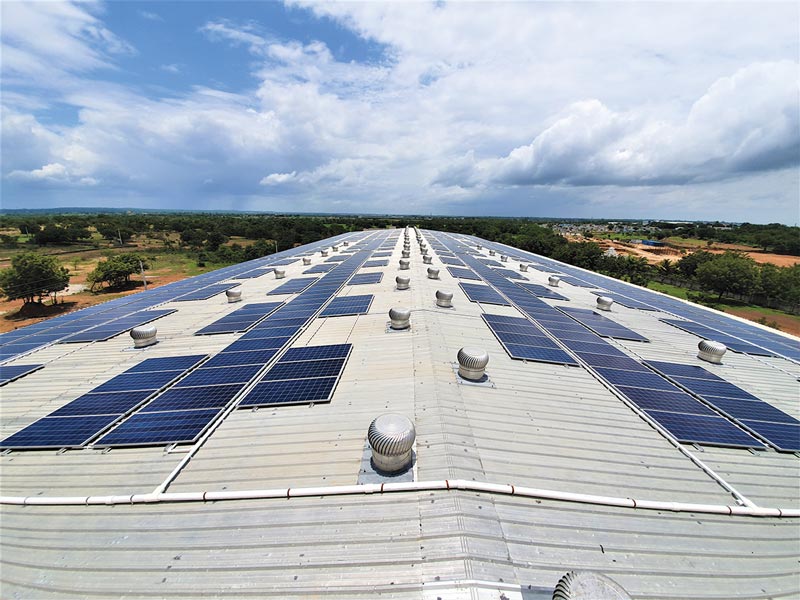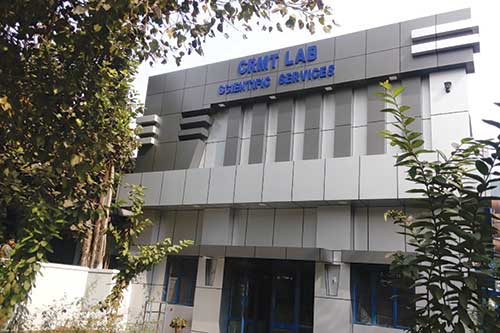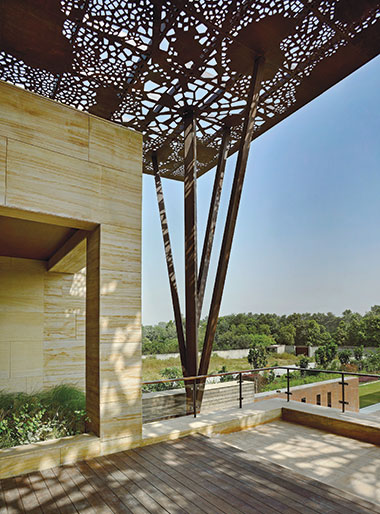
Roofing materials in use are concrete, metal, fibre cement sheets, clay, concrete and ceramic roof tiles, shingles, tensile, RCC, metal cladding, fibre, and Zn-Al coated sheets. PEB and precast construction techniques are also gaining ground for their modular, precise, and swift completion time and good quality.
Market Trends
Roofing trends predict a shift to roofing solutions that provide thermal insulation, energy conservation, and use of eco-friendly roofing materials. Integrating thin photovoltaic solar panels into roofs see rising demand, given the Government’s initiatives (and incentives) for promoting solar energy consumption across the country.
Building owners are also looking at aesthetics, innovative shapes and designs, and durability in roofs, with attractive painted surfaces that are resistant to chipping, staining and fading under extreme weather conditions as experienced across the country, and fixing systems that do not rust and degrade over time with exposure to the external environment.
Products such as laminated asphalt shingles, roofing tiles, and metal products offer enhanced aesthetics and long-term protection against leakage and impact damage, while the conventional screw-down fixing system has given way to the concealed fixed system which is not prone to rusting, leading to deterioration and leakages.
The emerging concept of pre-engineered buildings (PEB) is providing a huge opportunity for the metal roofing players. Manufacturing industries such as power, automobile, engineering goods, warehouses and infrastructure are potential users of this concept. Tensile roofing, on the other hand, is finding increasing usage in stadiums, airports, car parking sheds etc. The material is tough, long-lasting, flexible, and lightweight, as compared to other roofing materials, and aesthetic too.

Since PEBs are a predetermined inventory of raw materials and pre-engineered, standardized components that reduce the engineering, production, erection time and cost by 30%, as compared to standard steel sections. Use of customized software for design and drafting increases speed and accuracy of the project. Buildings are typically delivered in just a few weeks since total construction time on a project is reduced by at least 50% to allow faster occupancy and earlier realization of revenue.
PEBs offer design flexibility with a wide range of colors and patterns. They are low maintenance structures, requiring periodic cleaning of roof top and eave gutters, and future extensions/modifications or dismantling/relocating can be accommodated easily.”
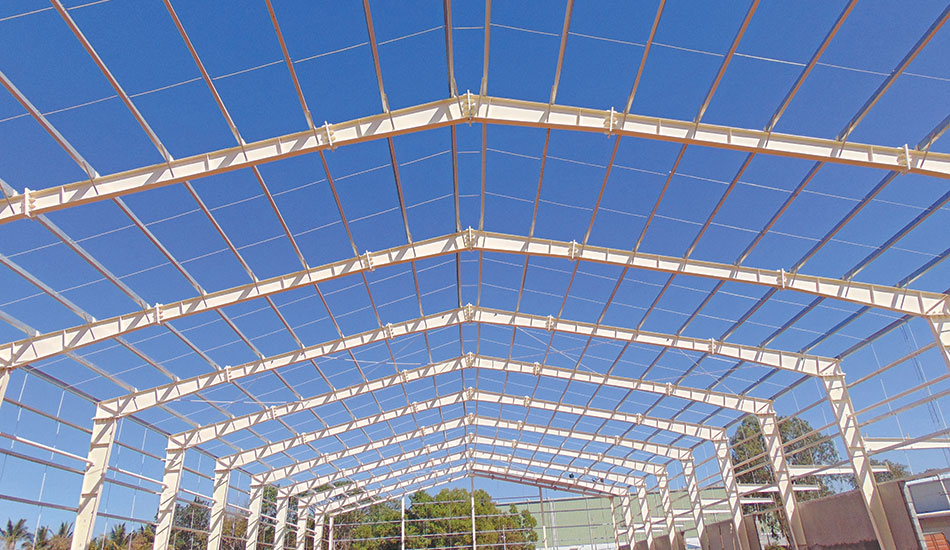
The global roofing market is likely to witness consistent growth in the coming years on the back of the boom in the construction industry in developing countries. Adoption of environmental-friendly roofing systems across regions could help establish economy of scale, which would help major global players to introduce their innovative materials and solutions to developing markets at affordable costs.
Global Impact
As per the Transparency Market Research (TMR) report ‘Roofing Market - Global Industry Analysis, Size, Share, Growth, Trends and Forecast 2014 – 2020’, the global roofing market is rising at a CAGR of 6.30% between 2014 and 2020.
The major growth drivers are new construction and renovation activities. Emerging trends include development of energy-efficient cool roofs, increasing use of eco-friendly materials, and increasing demand for new generation single ply technology in commercial roofing. Demand for tiles is likely to experience the highest growth in the forecast period, supported by growing demand in the construction industry. In fact, tiles and shingles are expected to show above average growth during the forecast period.
Within the roofing materials market, the residential market is expected to remain the largest by value. Improvement in economy and new housing are expected to spur growth. Asia Pacific is expected to remain the largest market due to growth in the construction industry and re-roofing/renovation activities.
In the highly competitive roofing market, top players are engaged in R&D to introduce innovative roofing materials that are stronger, inexpensive, and longer lasting. There is greater development of green and solar roofing materials to meet environmental and energy conservation needs.

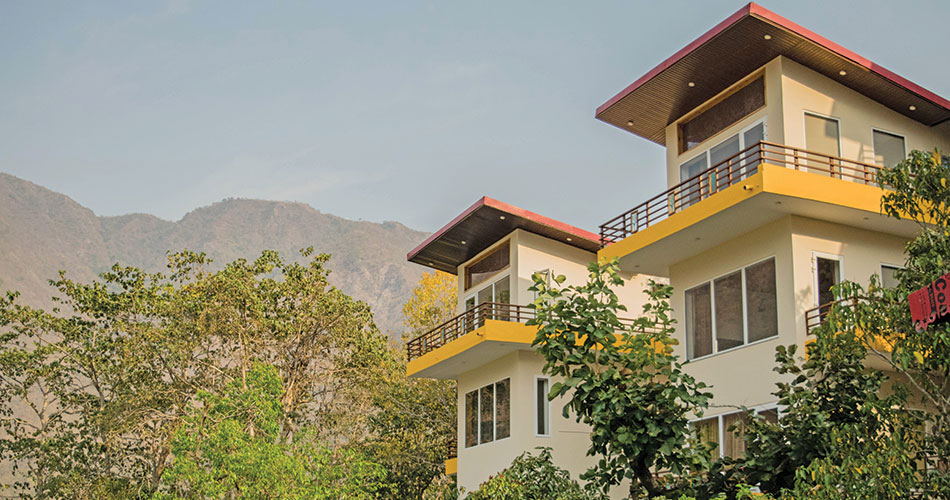
In hilly areas, though slate roofing is still used in some remote areas, it has largely been replaced by lighter and easily manageable materials like metal, the most common being tin, aluminium, copper and galvanized steel sheets. Metal roofing lasts for a long time, is recyclable, and can be coated to make cool roofing, if needed. It is currently one of the best sustainable and economical options for pitched roofing across the world.”
Growth Drivers in Developed Markets
As per the report, among the key product segments, bitusminous roofing accounts for almost 50% of the overall market due to its low cost, easy installation, and long durability. Application-wise, the residential sector is anticipated to hold significant share of the market vis-à-vis revenue. However, non-residential is the leading application segment of the roofing market due to the increase in construction of commercial buildings and hotels in both developed and developing countries.
In developed countries like North America and Europe, initiatives for construction of green buildings is generating demand for roofing materials. Energy conservation initiatives leading to renovation of old buildings involves supplanting old roofs with new ones.
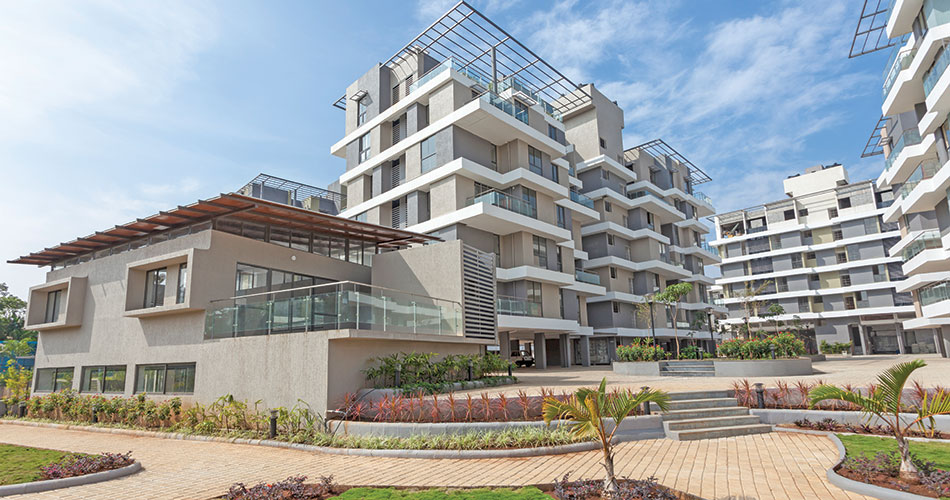
Challenges
Roofing companies in India are bullish on their business prospects and are gearing up to meet demand from upcoming projects. However, the roofing industry must look at skilling manpower for installation, ensure use of high quality products, and create safety awareness amongst all the stakeholders – customers, builders, suppliers, and installers.
Advancements in manufacturing techniques for production of roofing materials and economies of scale are likely to provide ample growth opportunities for industry players. However, high cost of advanced roofing materials is a major deterrent, hence, making these developments are important for the market’s overall growth.






